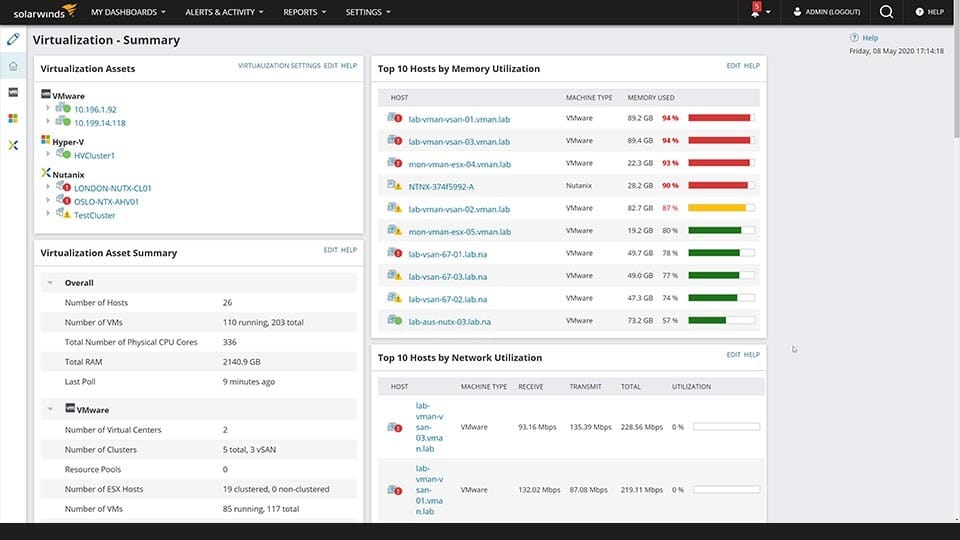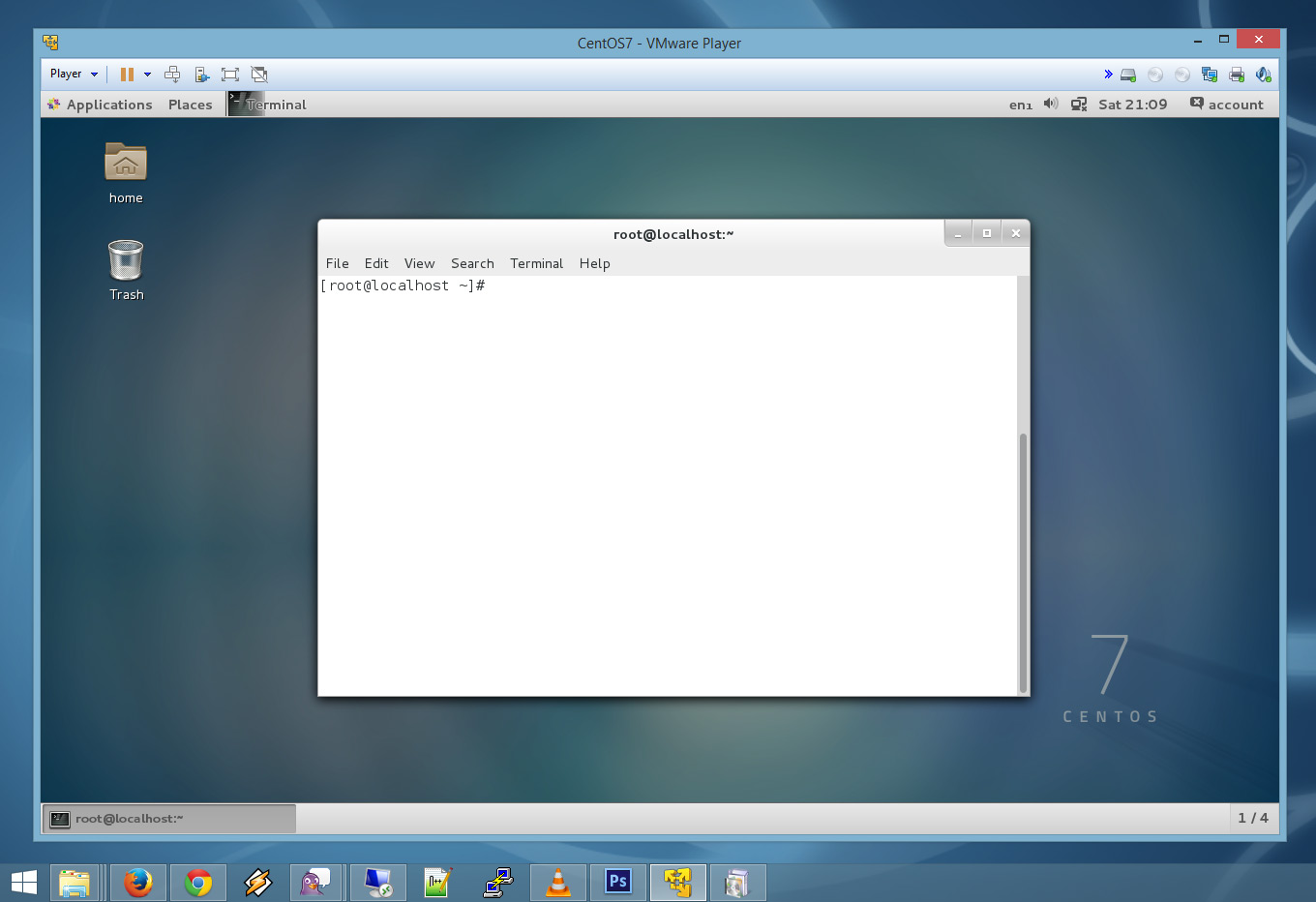

Here are your best options for software that lets you run one OS inside another.
#Best free virtualization software windows

Rich web-based user interfaces for both admin and non-admin users.oVirt uses the trusted KVM hypervisor and is built upon several other community projects, including libvirt, Gluster, PatternFly, and Ansible.

OVirt is an open-source distributed virtualization solution, designed to manage your entire enterprise infrastructure. Cross-portfolio, cross-platform integrationĪzure Virtual Desktop and Windows 365 solutions for Managed Service Providers & Enterprise IT professionals (Nerdio Manager).Open virtualization that saves you money.Red Hat an open source, software-defined platform that virtualizes Linux and Microsoft Windows workloads. Speed of containers with the isolation of VMs.Develop on any desktop, deploy to any cloud.Modern, open architecture with leading performance.Based on ratings and number of reviews, Capterra users give these tools a thumbs up. Oracle Virtualization helps you accelerate cloud development and deployment, build a secure infrastructure, to reduce business risk and operational cost. Explore these highest-rated tools to discover the best option for your business. Keep Services Up & Data Safe at All Times.Build and deliver Cloud-Native Applications.Enjoy the Industry’s only Multi-Hypervisor HCI Solution.Nutanix Acropolis (AOS) adapts to your business security needs with a scalable, software-defined solution. Proxmox VE High Availability (HA) Cluster.Proxmox develops the open-source virtualization platform Proxmox VE, the backup solution Proxmox Backup Server, and the Proxmox Mail Gateway, an open-source email security solution to protect your mail server. Manage complex, modern apps as easily as traditional apps and VMs on modern vSphere infrastructure that supports container-based application development. With virtualization, this unused computing power could be used for other virtual machines, thus making physical resources more efficient. Conventionally, unused computing power would be wasted, as it would be isolated to the respective machine. Without virtualization (and assuming each machine had a separate assigned task), one would need to produce a plethora of physical resources. Using this method, one could utilized 100 percent of a physical server’s resources, yet still provide the necessary computing power for a variety of different tasks. Each virtual machine would have an assigned task, with resources assigned based upon the intention of each machine. For example, in a virtual server environment, one could create multiple virtual machines with varying resource limits. In most cases, virtualization can be used to maximize resource usage. Unlike physical resources that would otherwise require massive downtime and considerable effort, virtualization is easily expandable. Cloud computing is a prime example for how virtualization has become beneficial. When discussing virtualization, two words generally come about: scalability and consistency. What are some of the benefits of virtualization? However, this is not to be confused with the term emulation in the technical sense, as virtualization is not “knocking off” its final product. Virtualization can be utilized to emulate a number of computing components, whether they be hardware, storage devices, network resources, operating systems, or memory. In our case, virtualization can be compared to emulation – or the virtual simulation of something else. In most cases, it depends on the context and usage. Virtualization can have a number of different definitions.


 0 kommentar(er)
0 kommentar(er)
